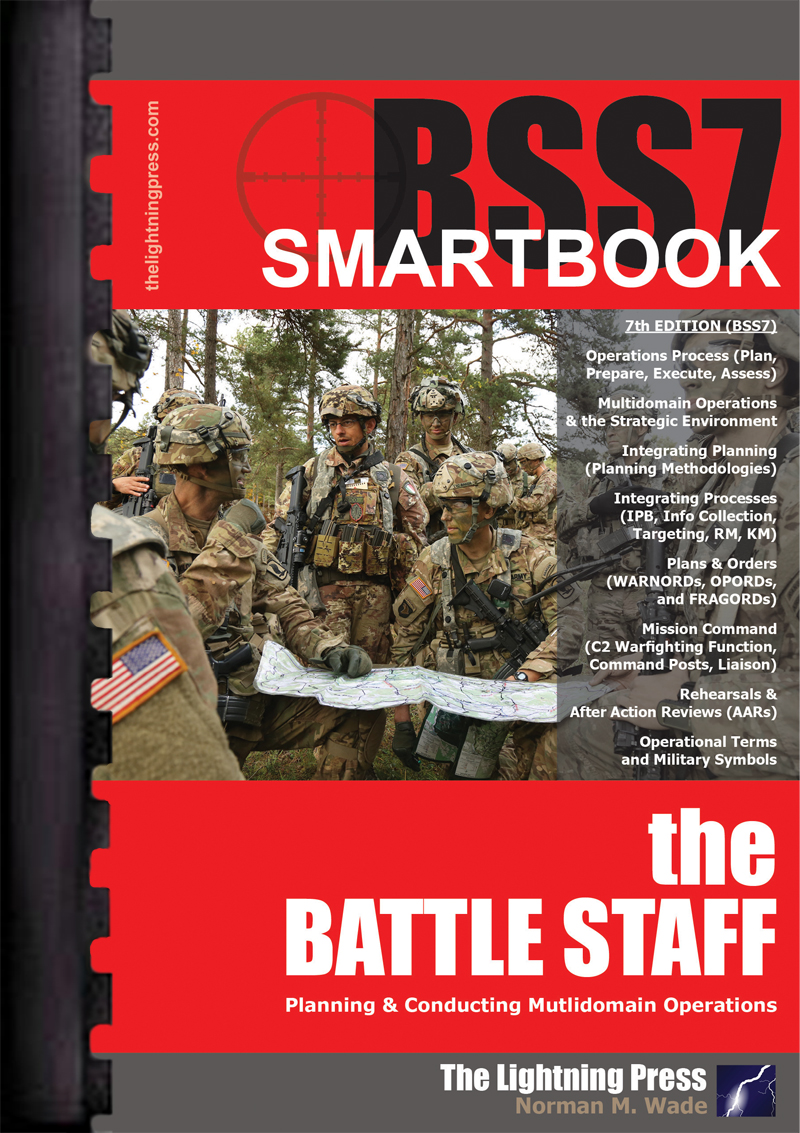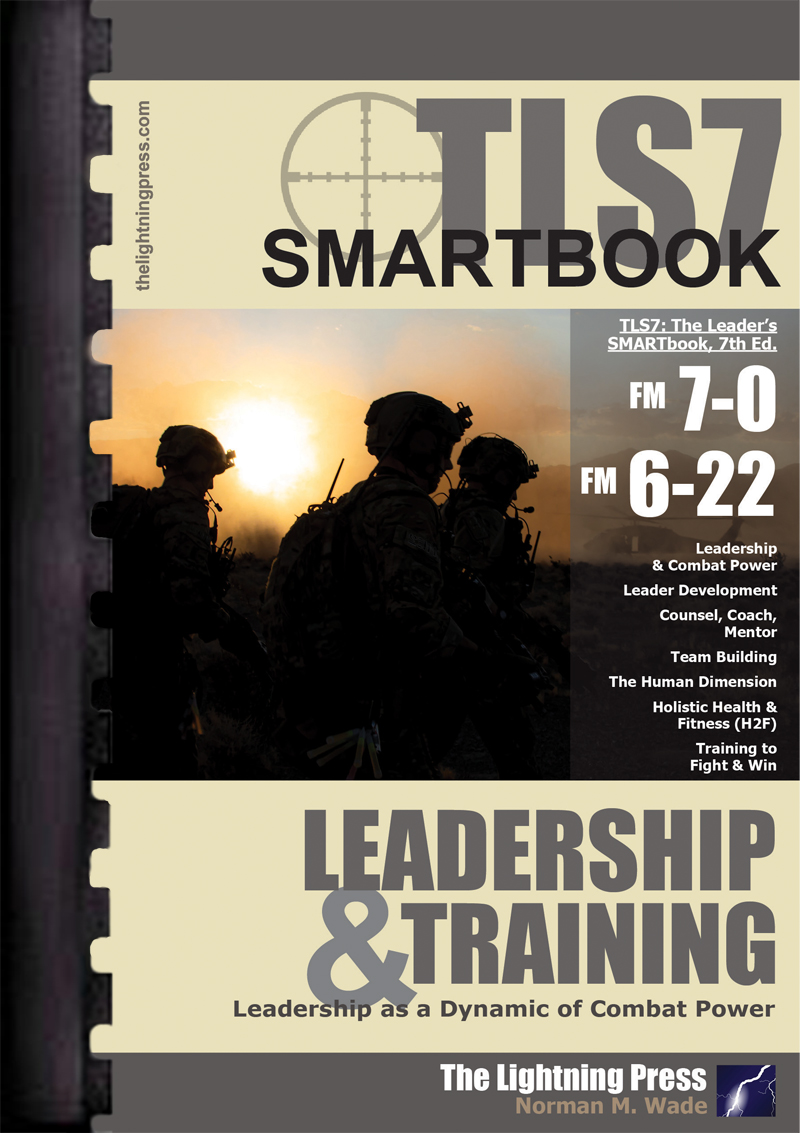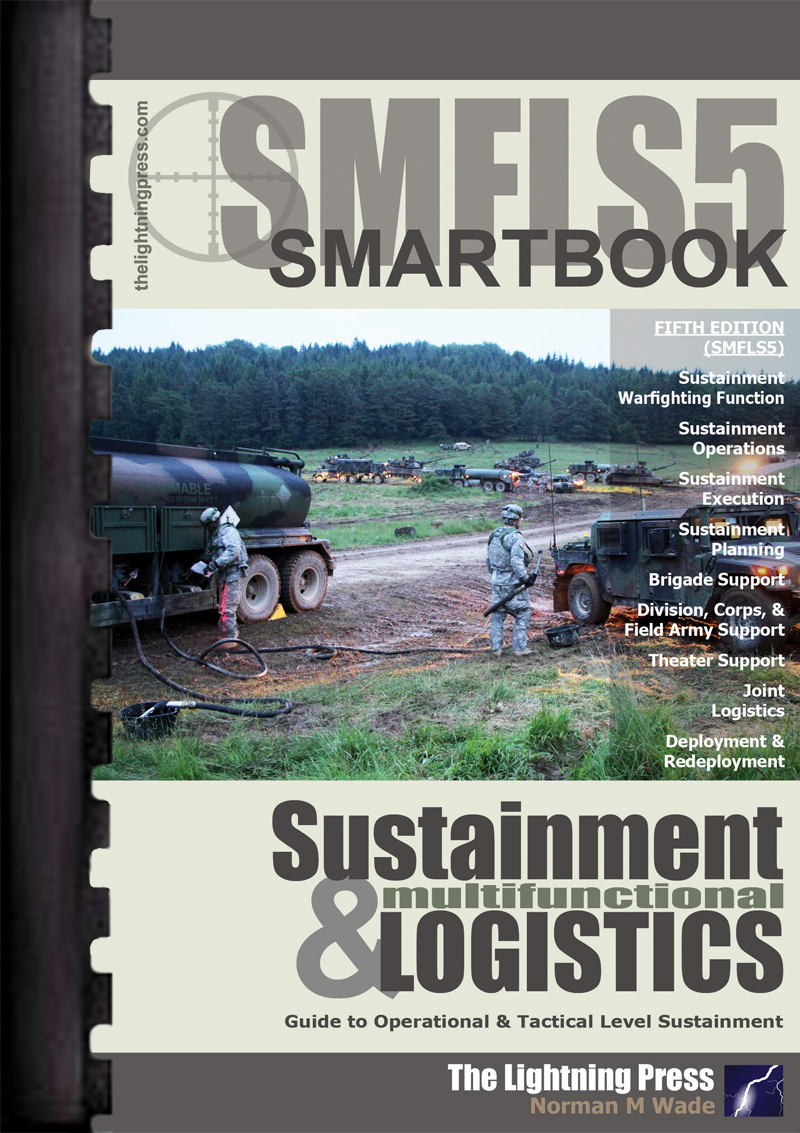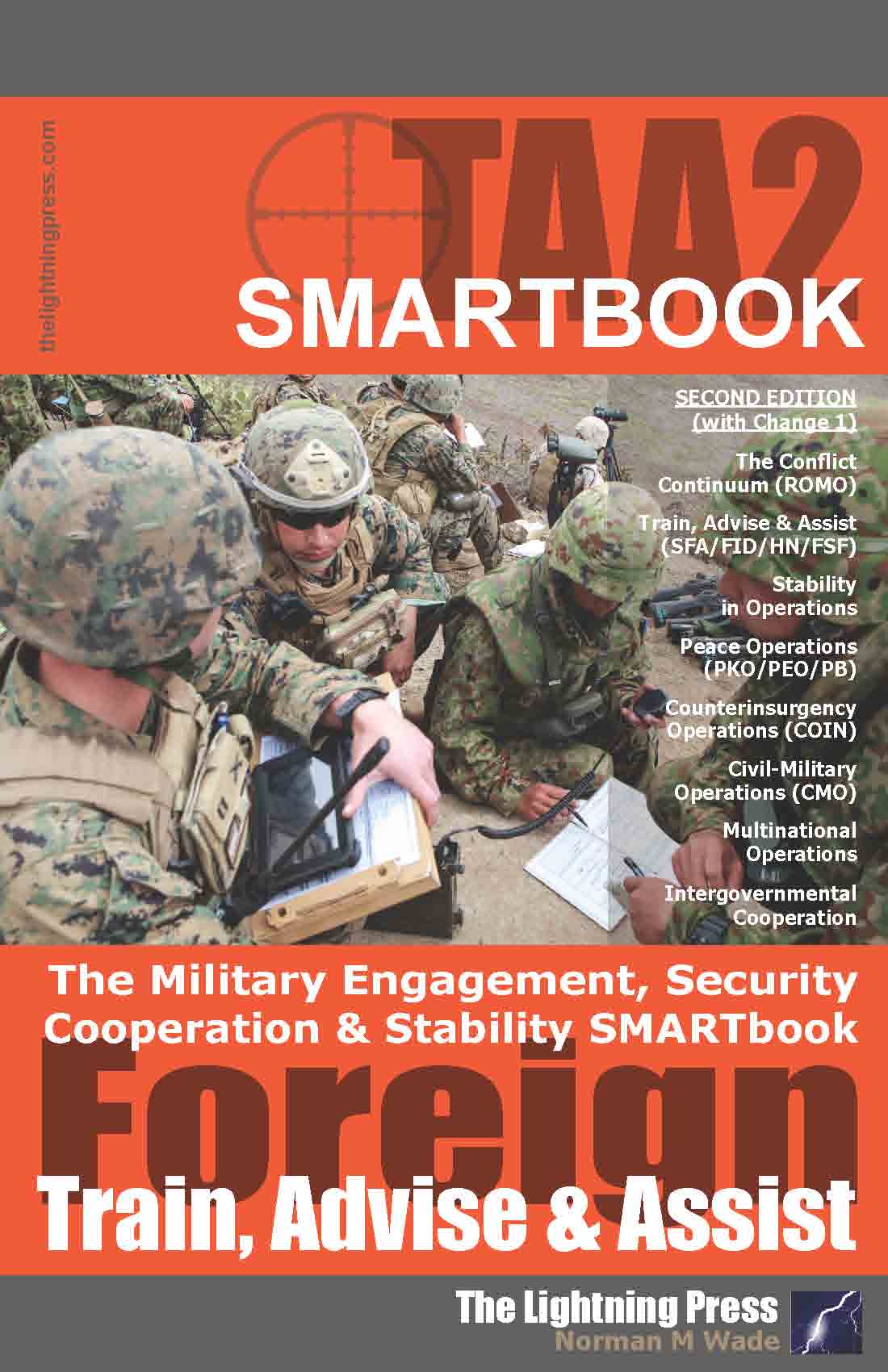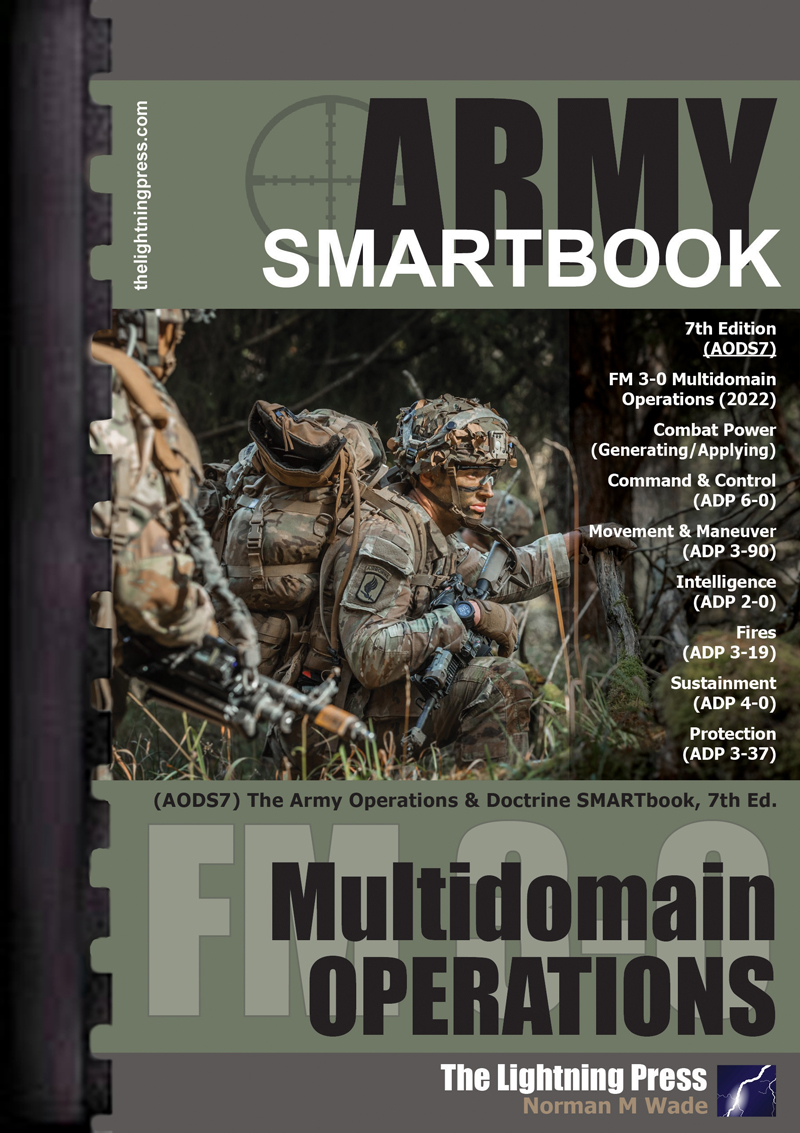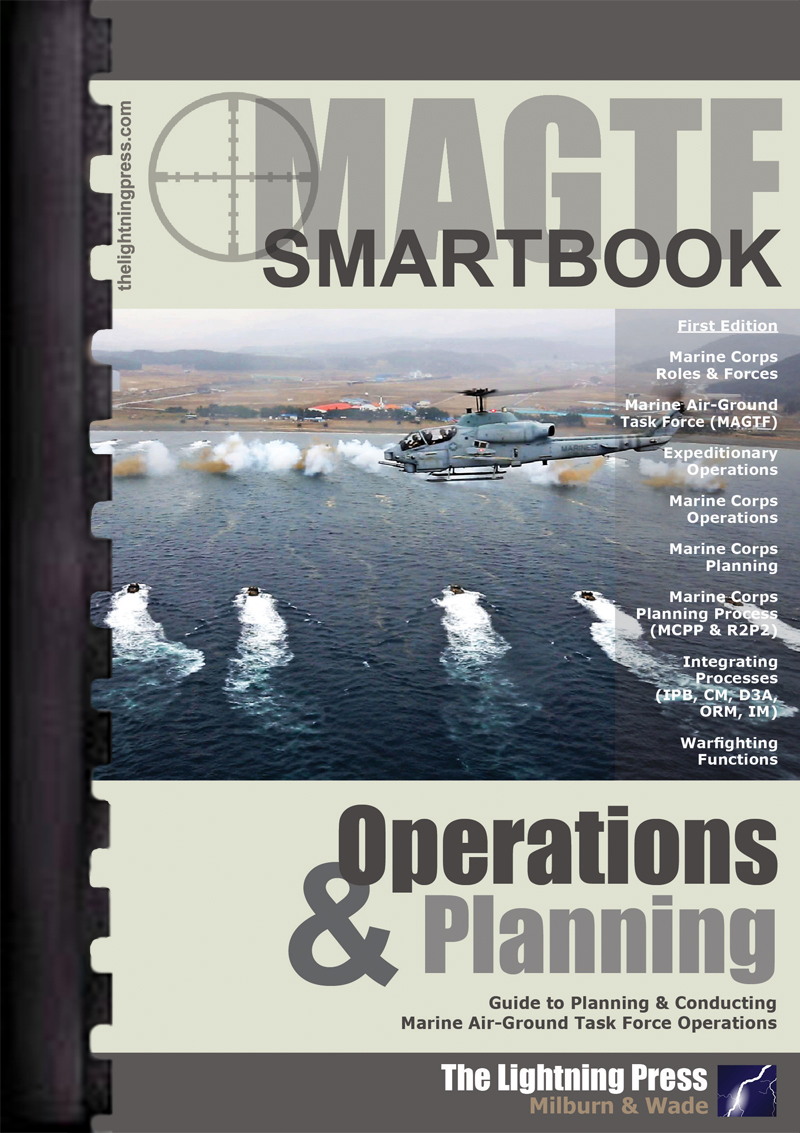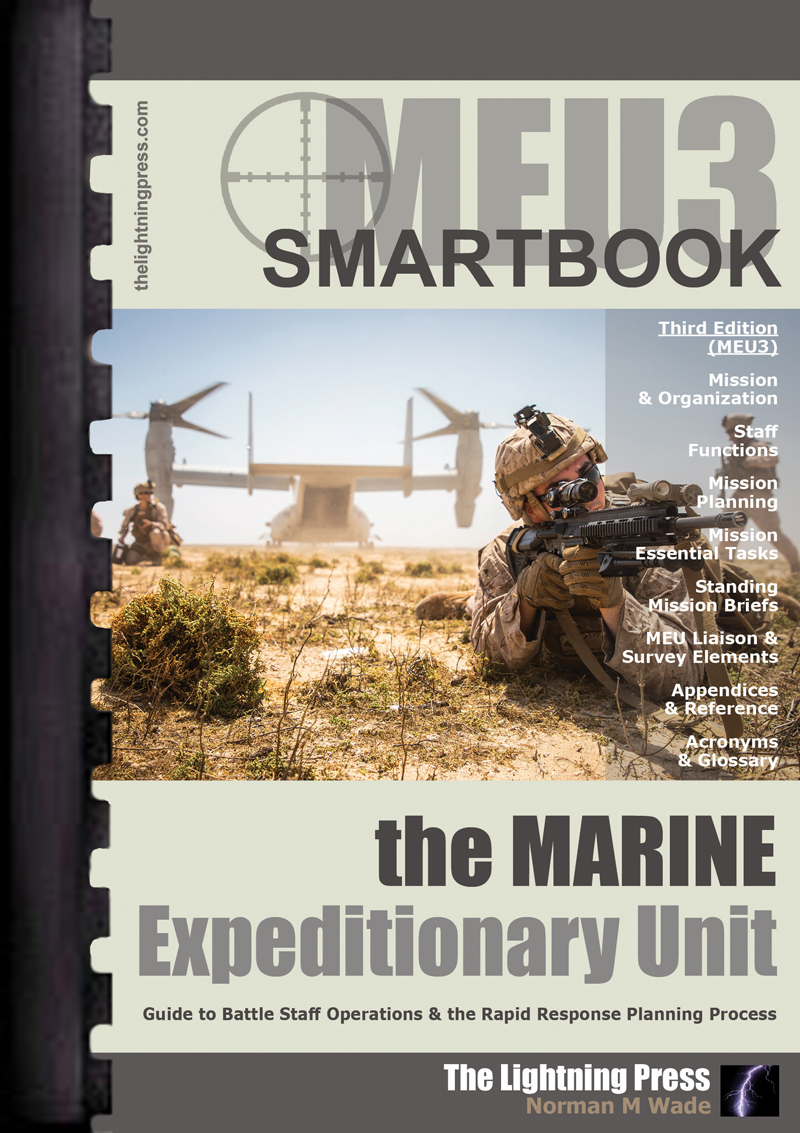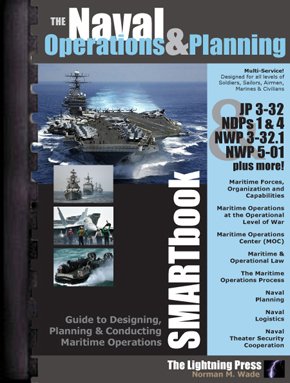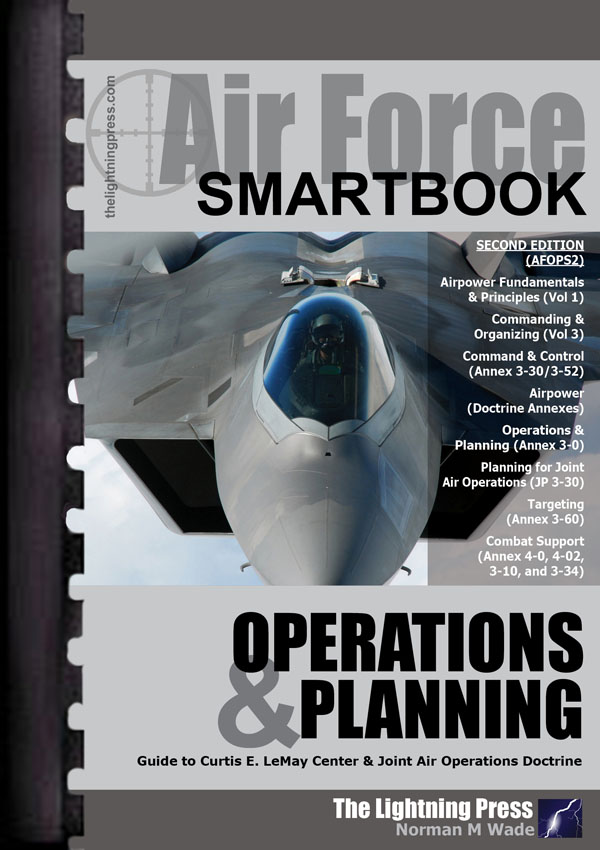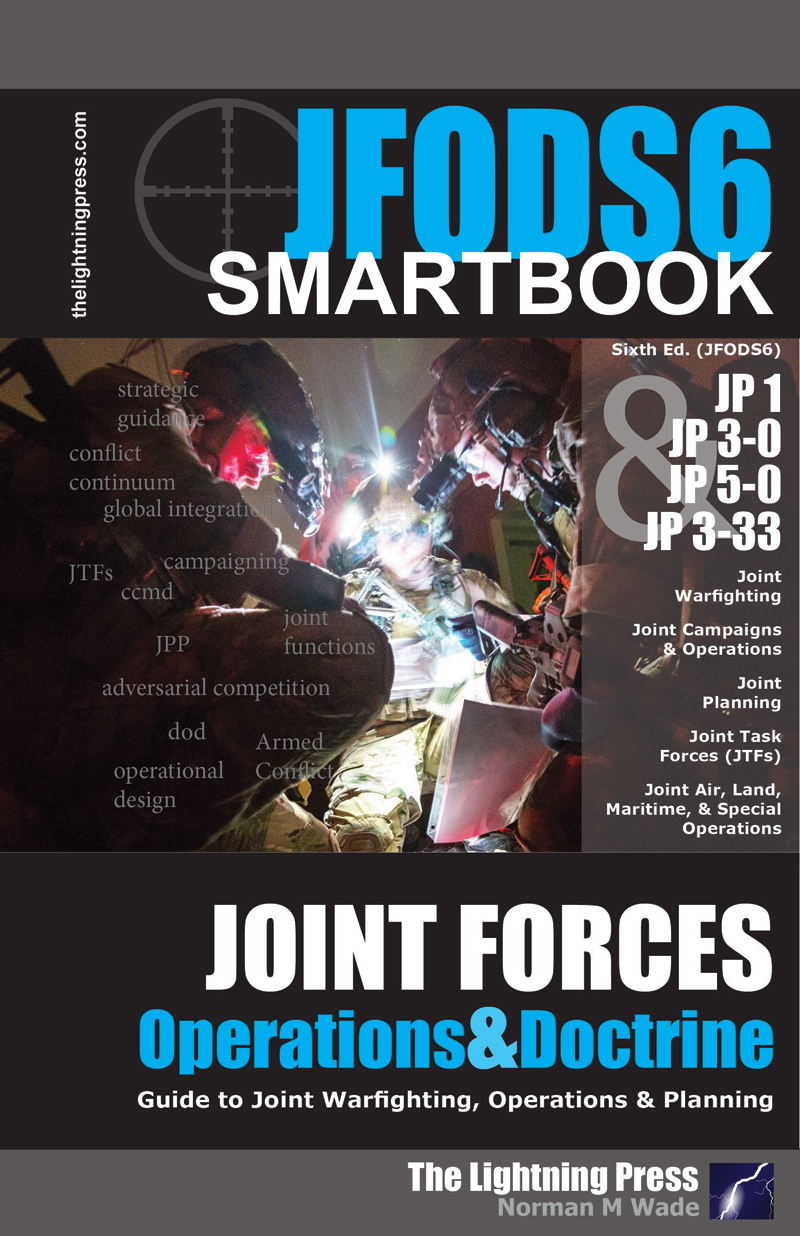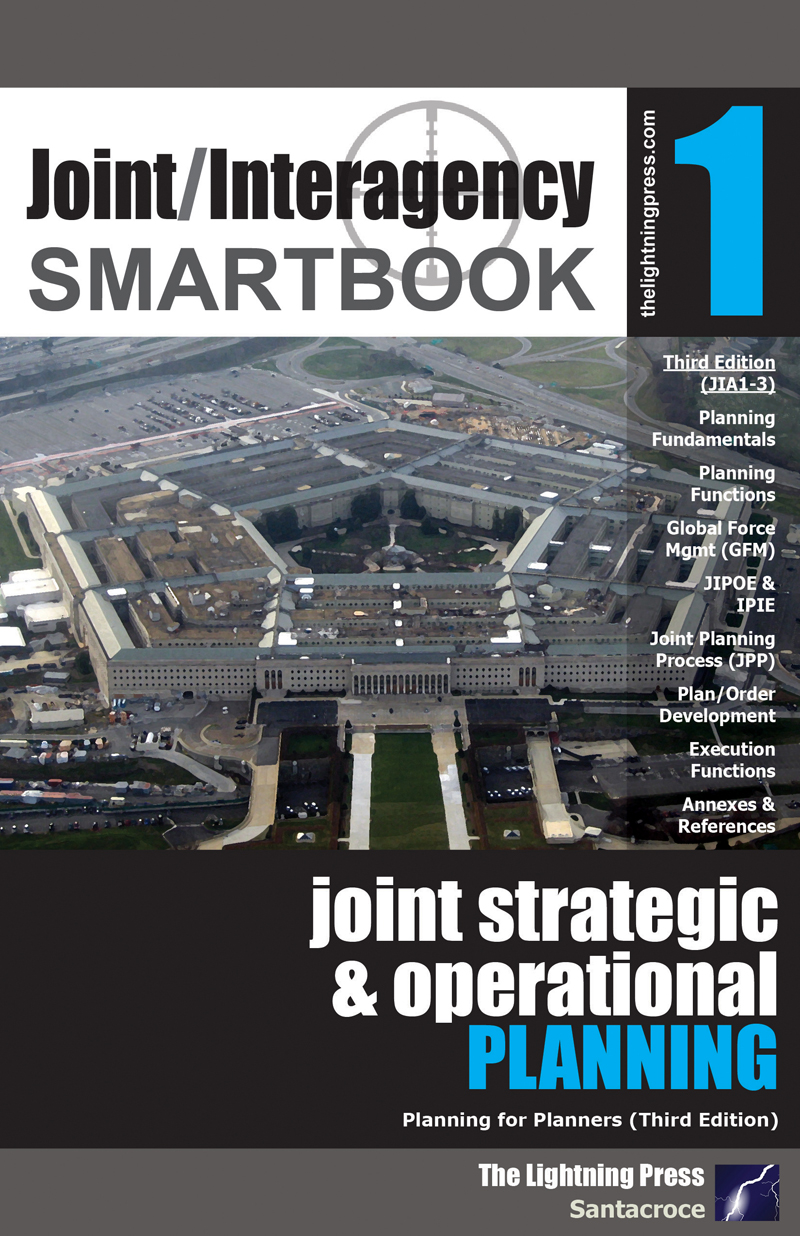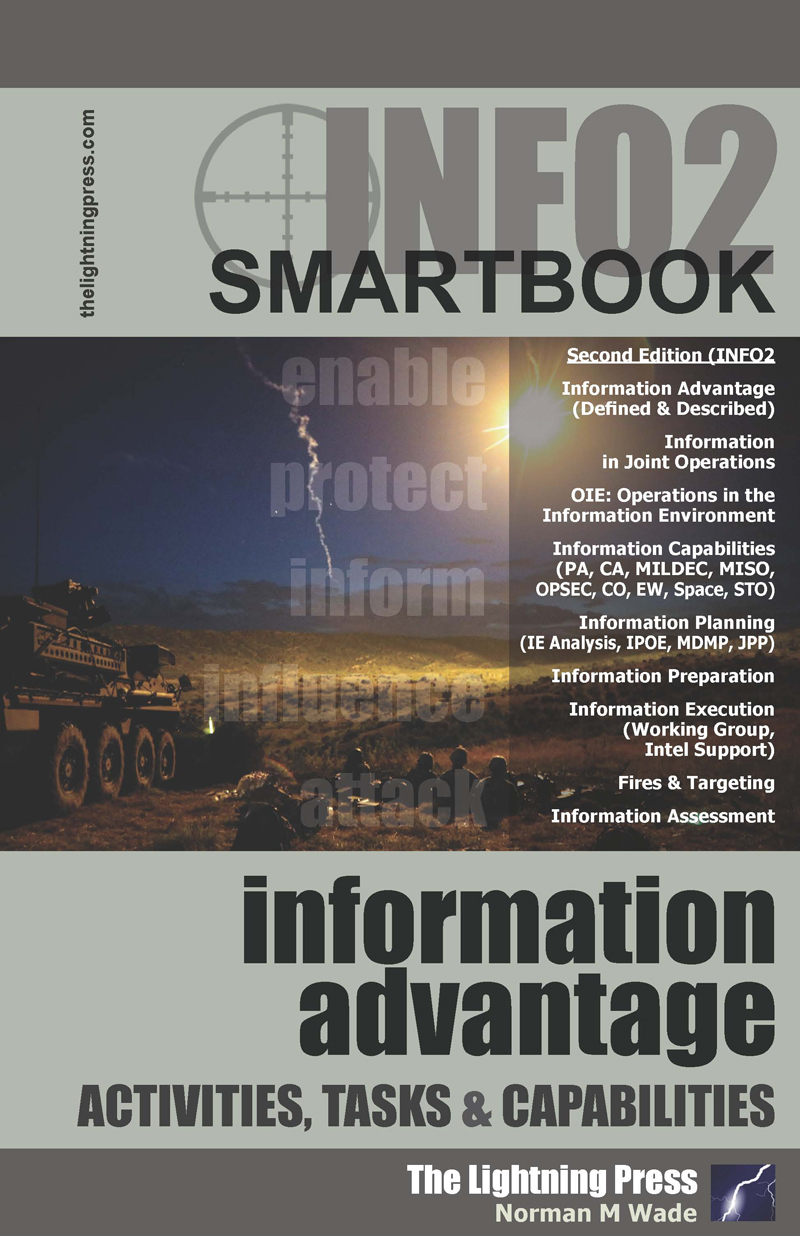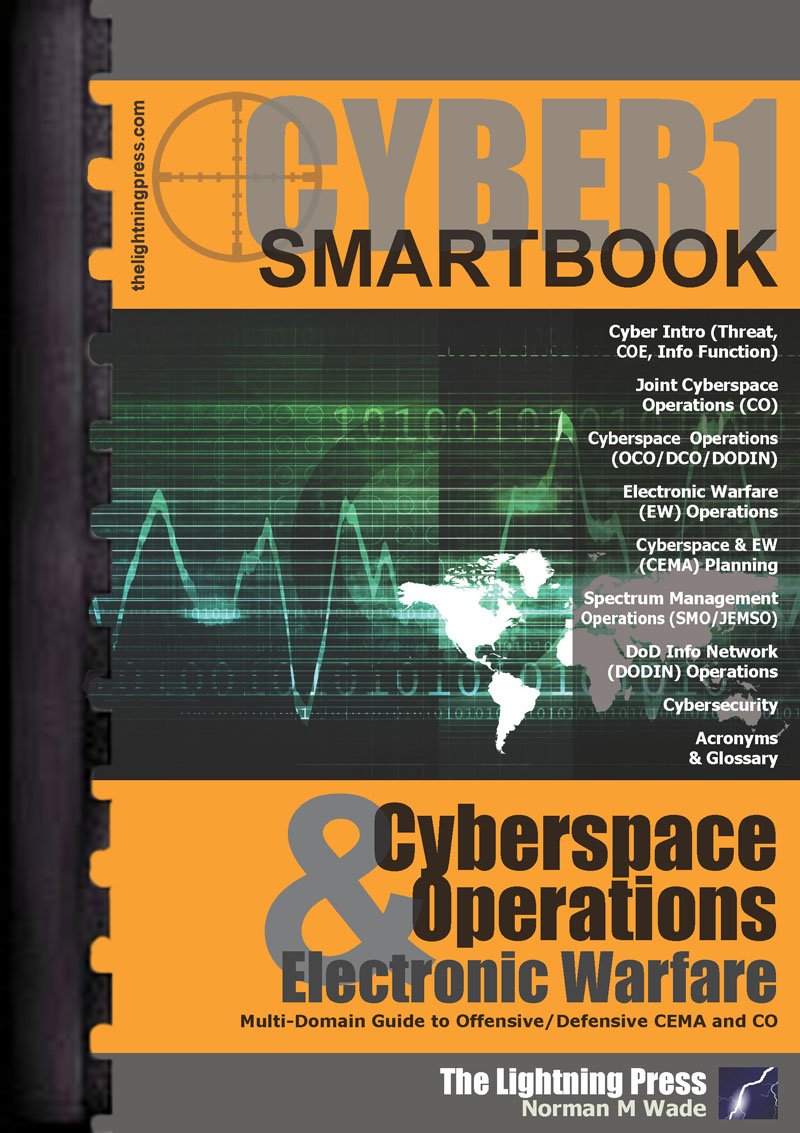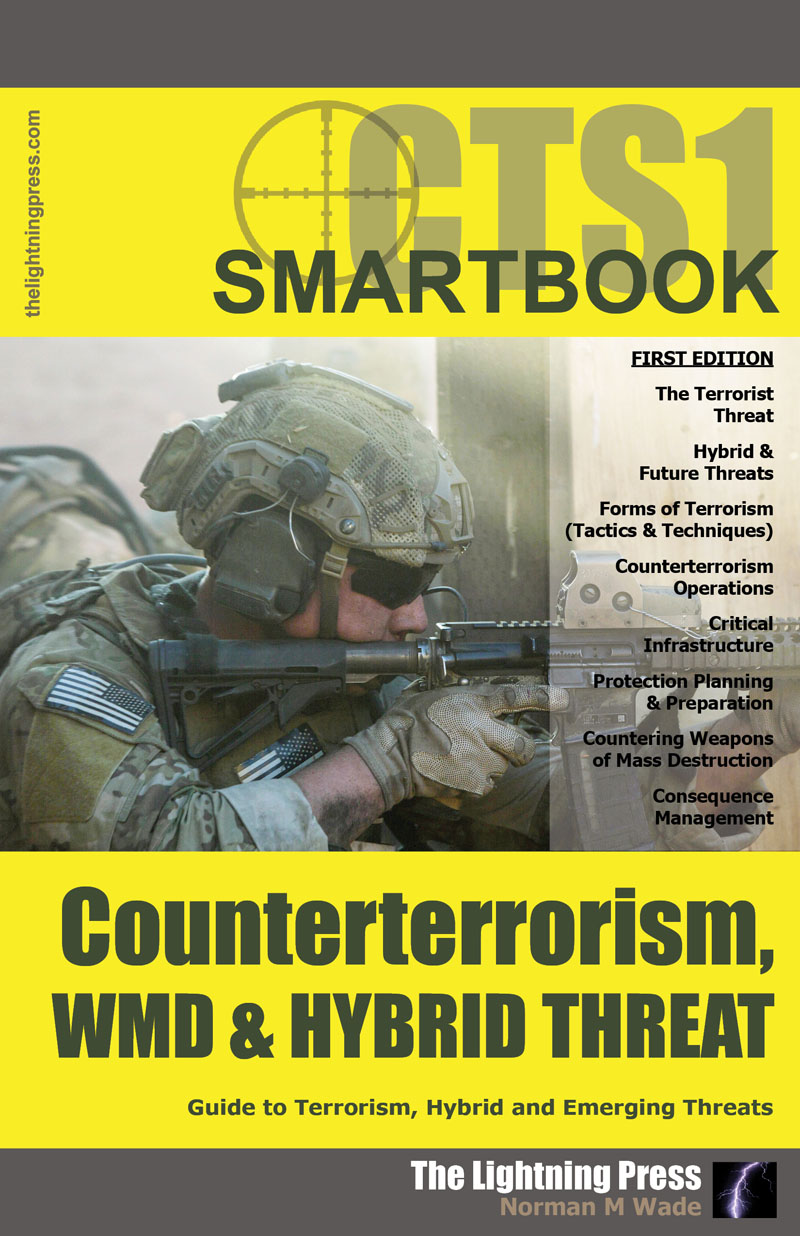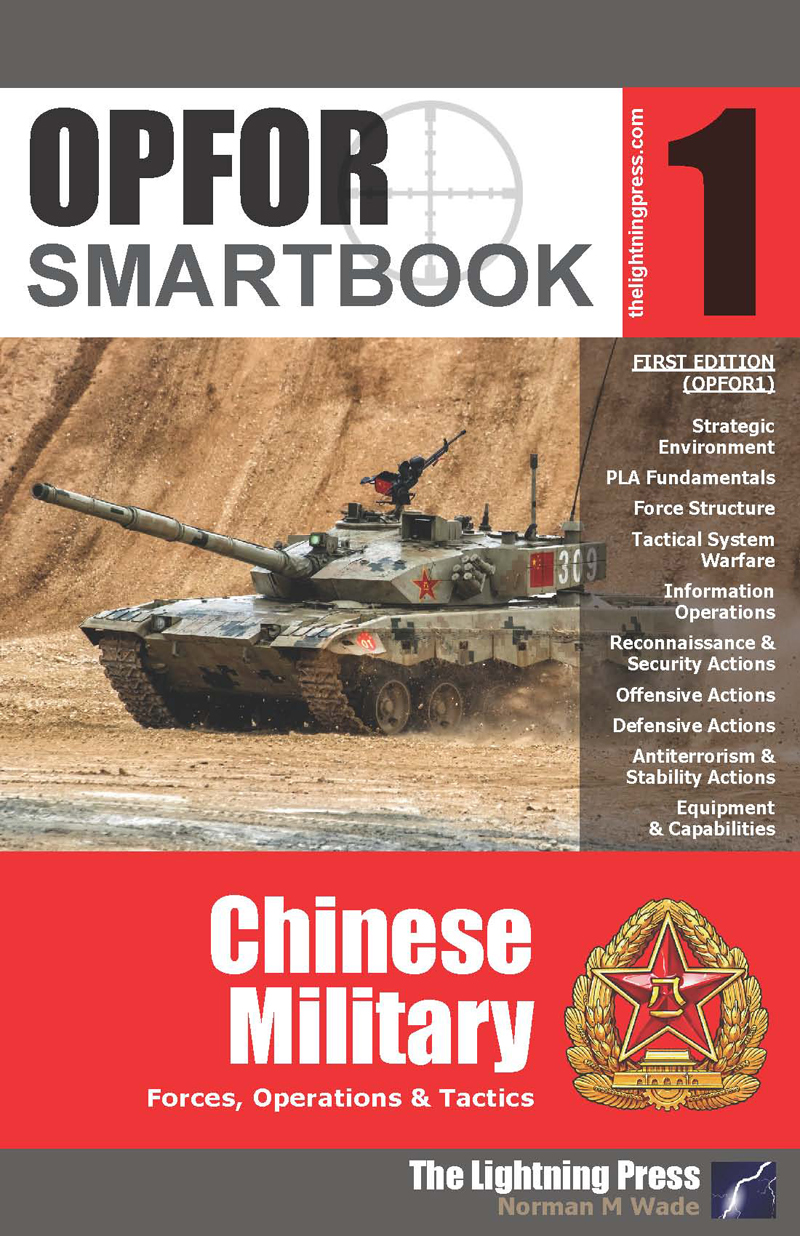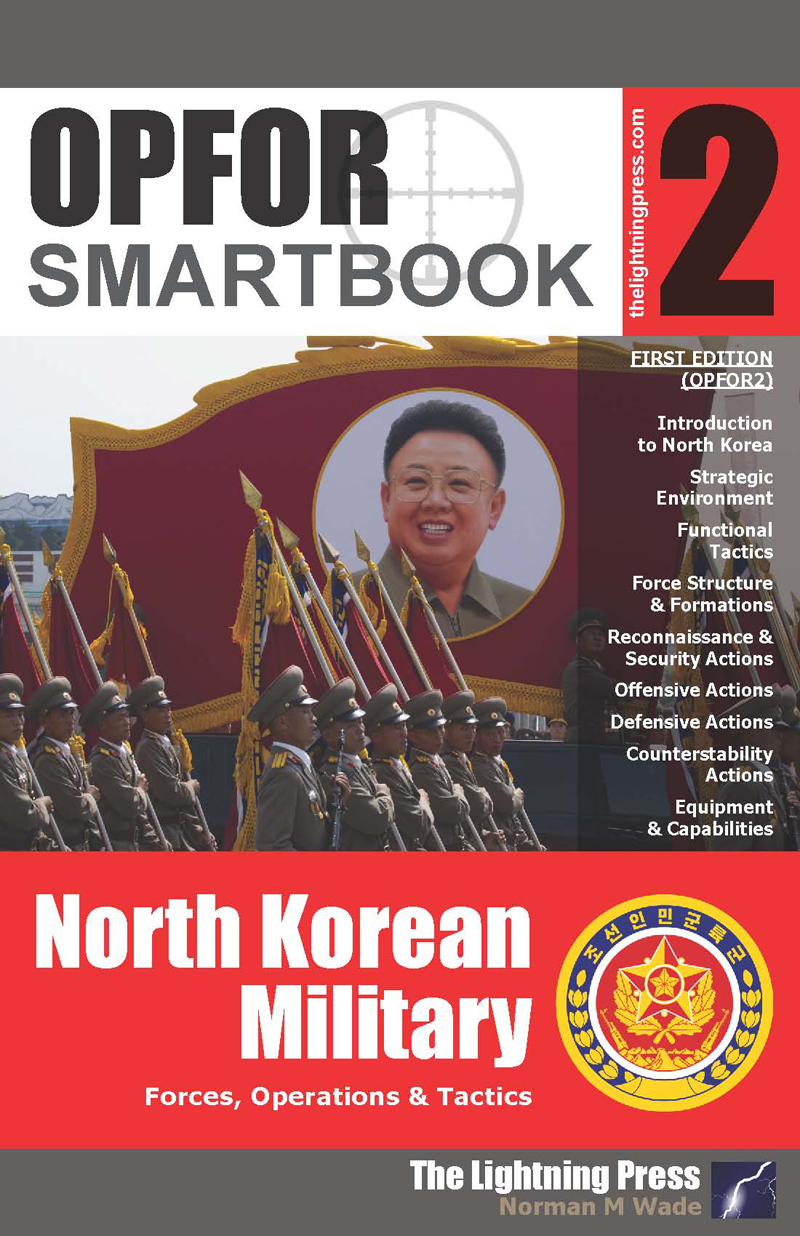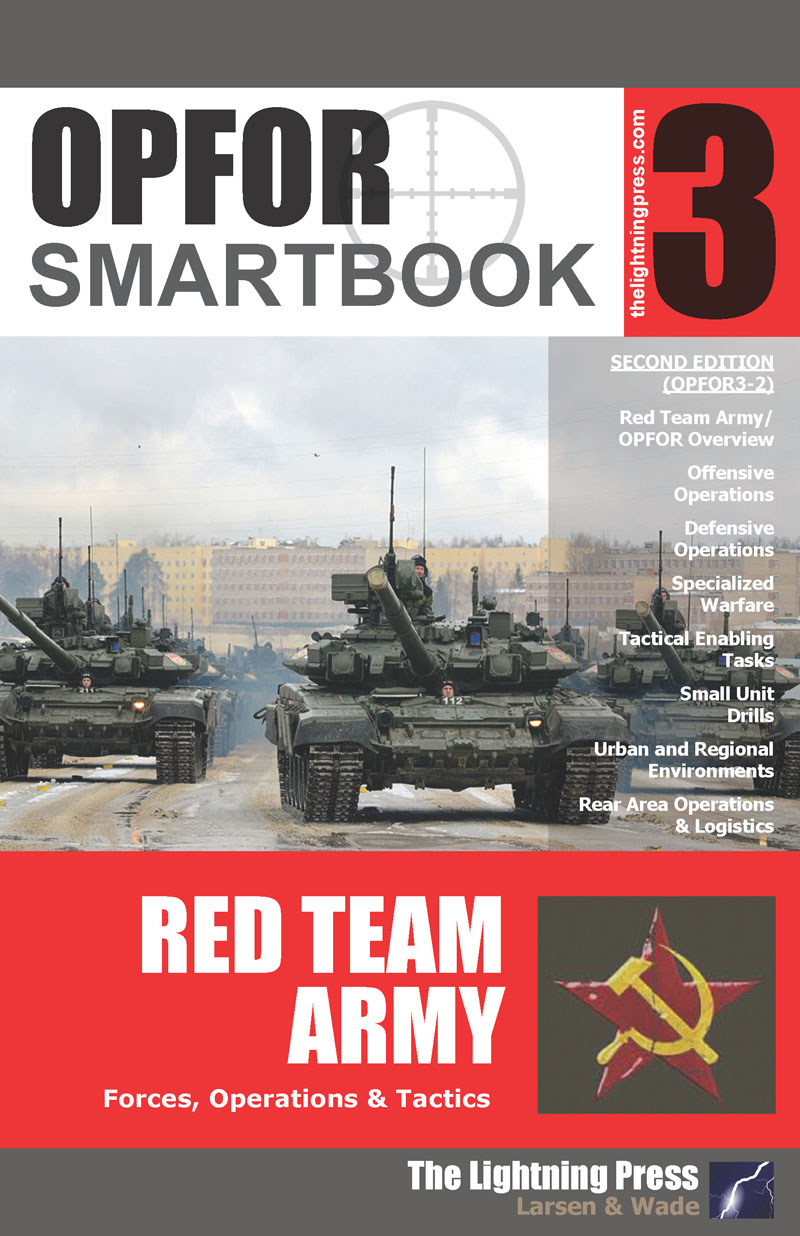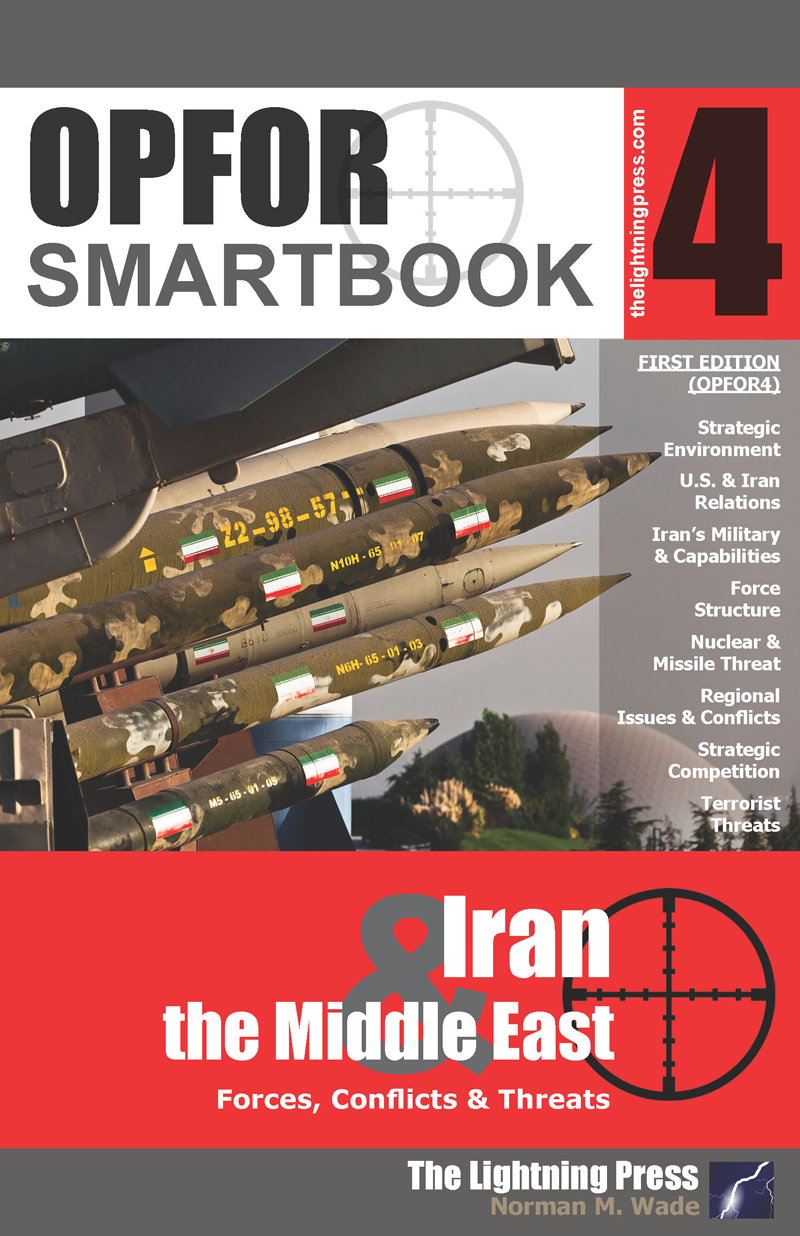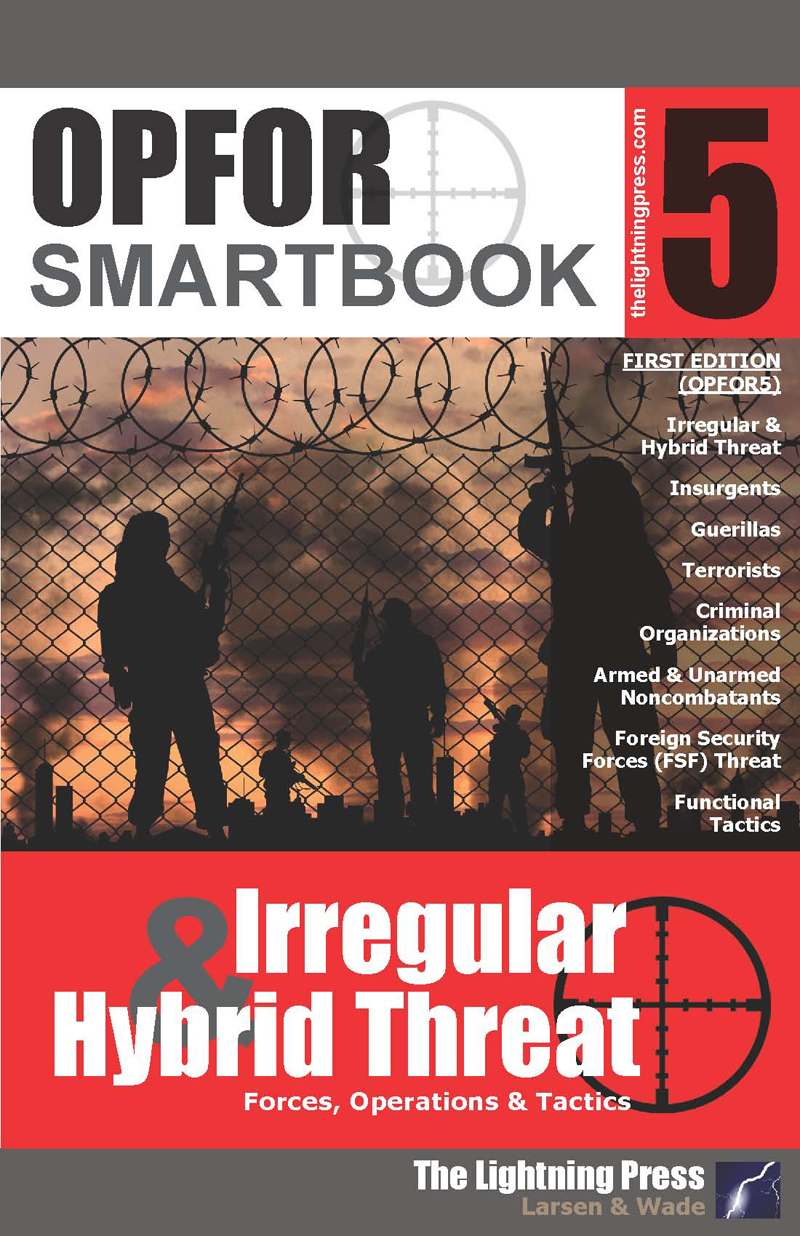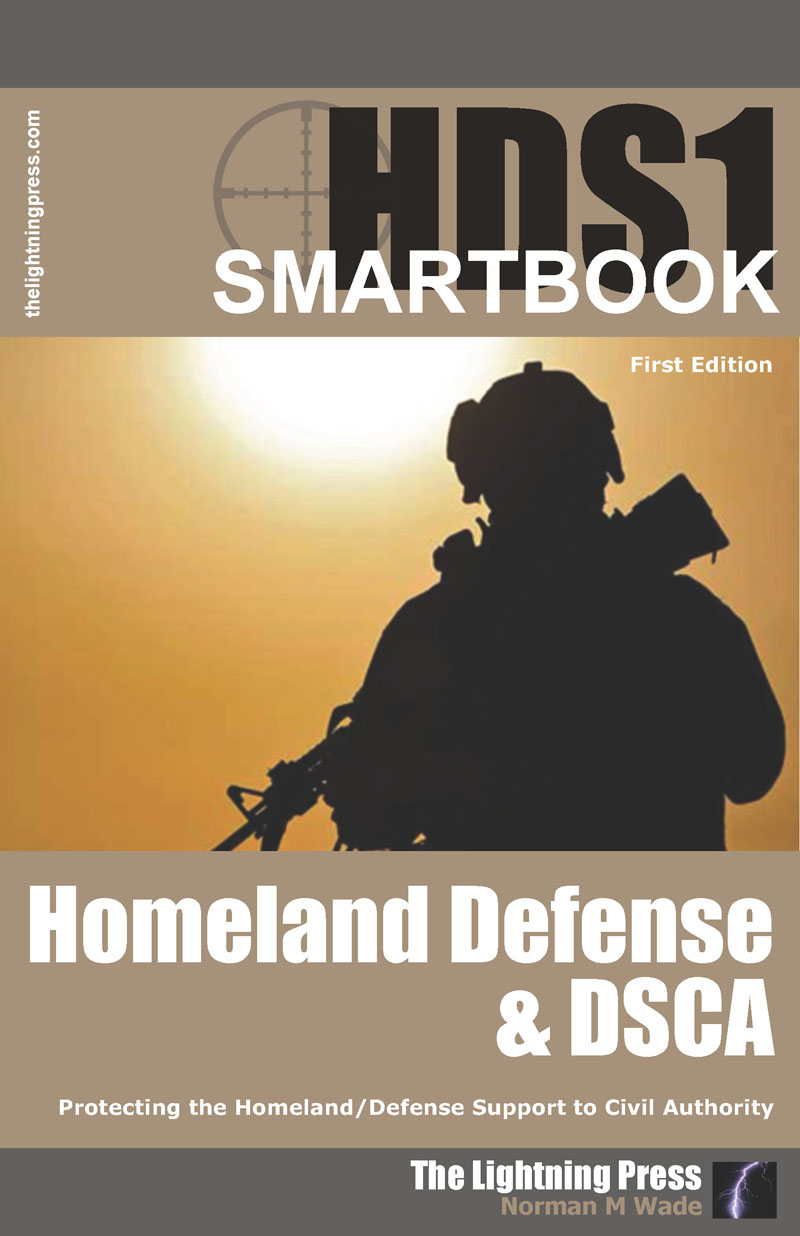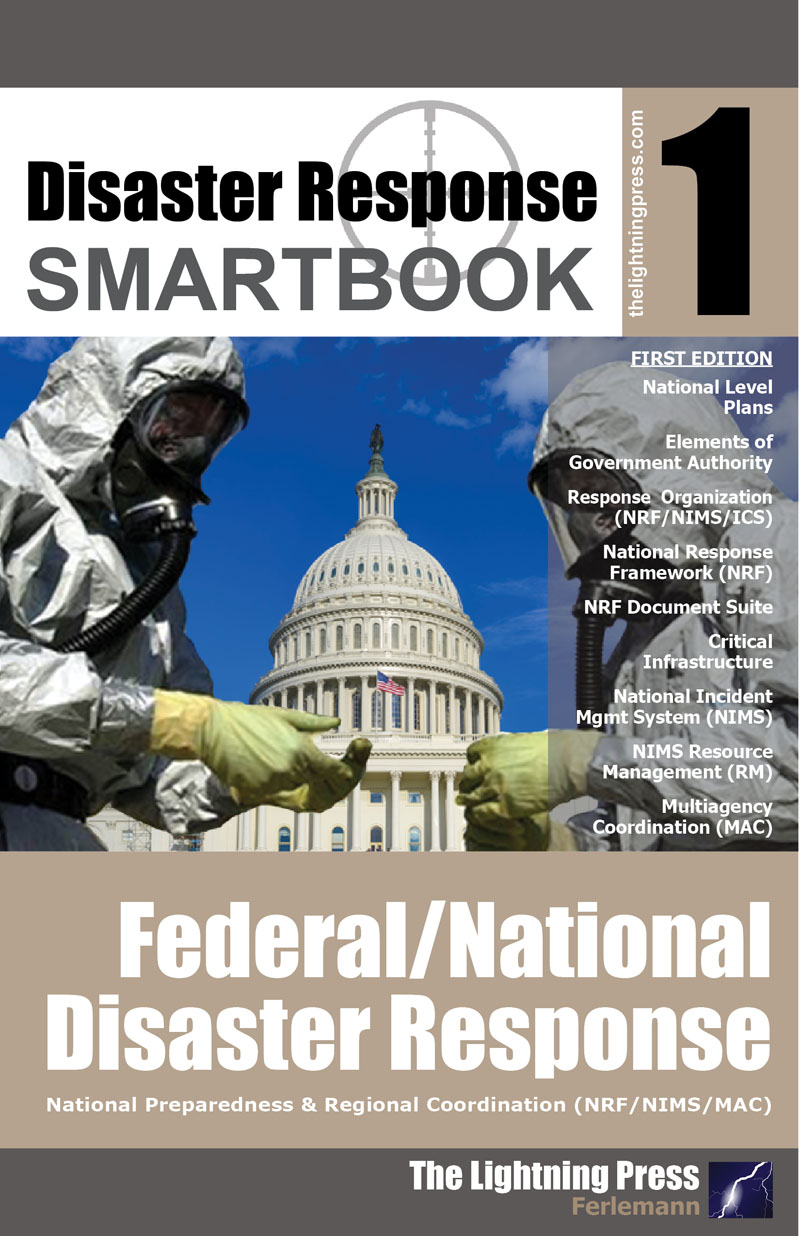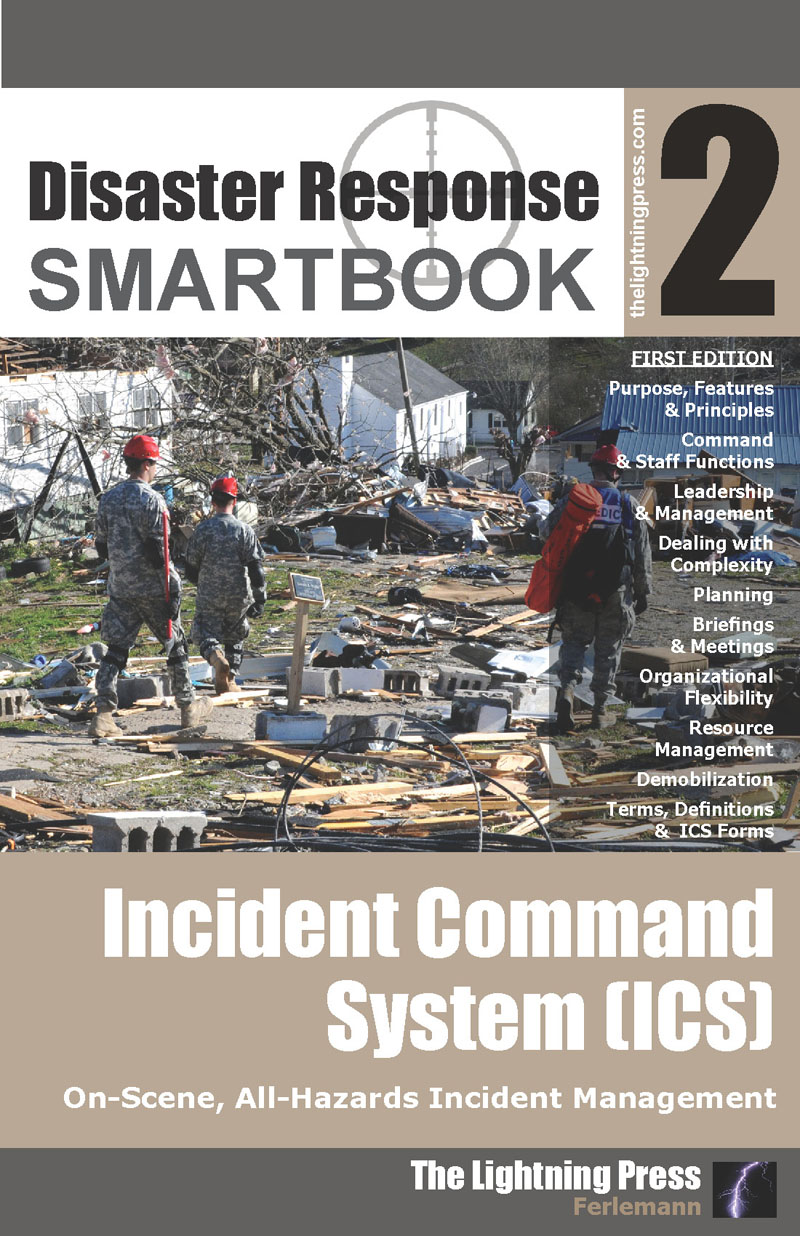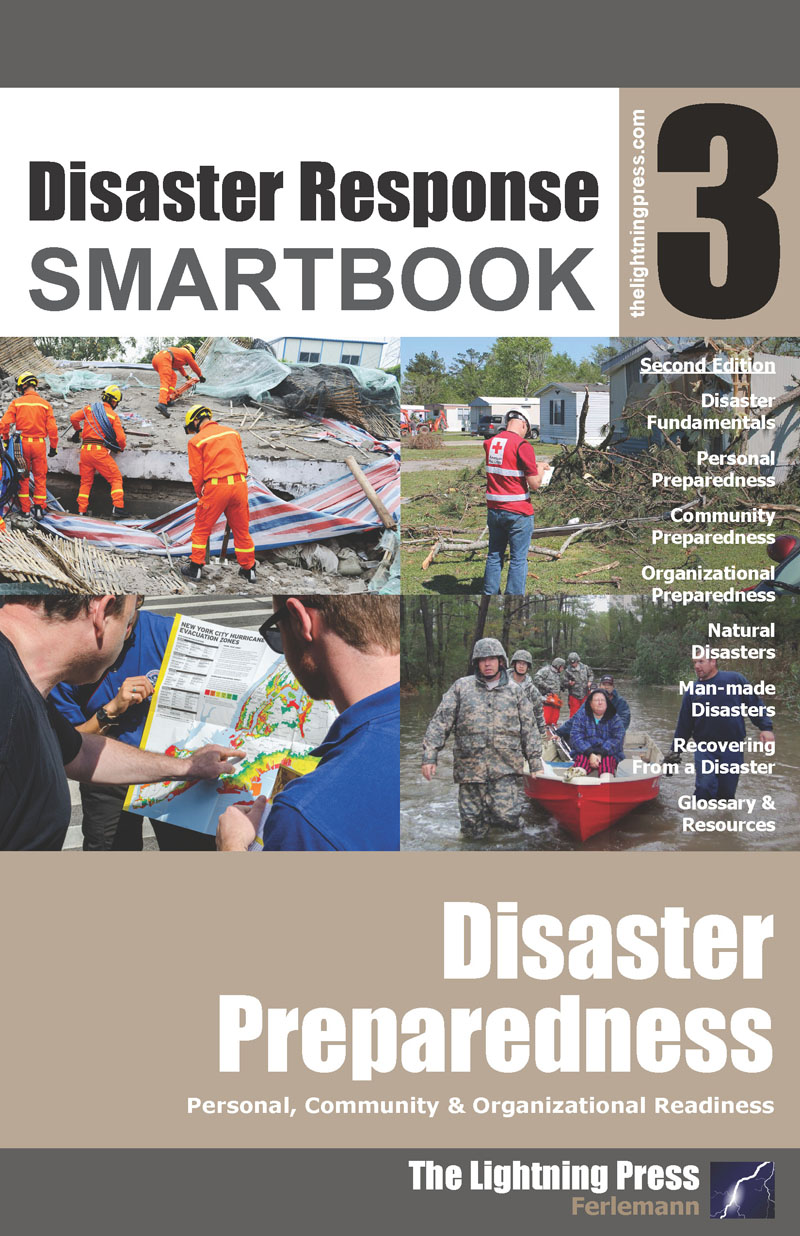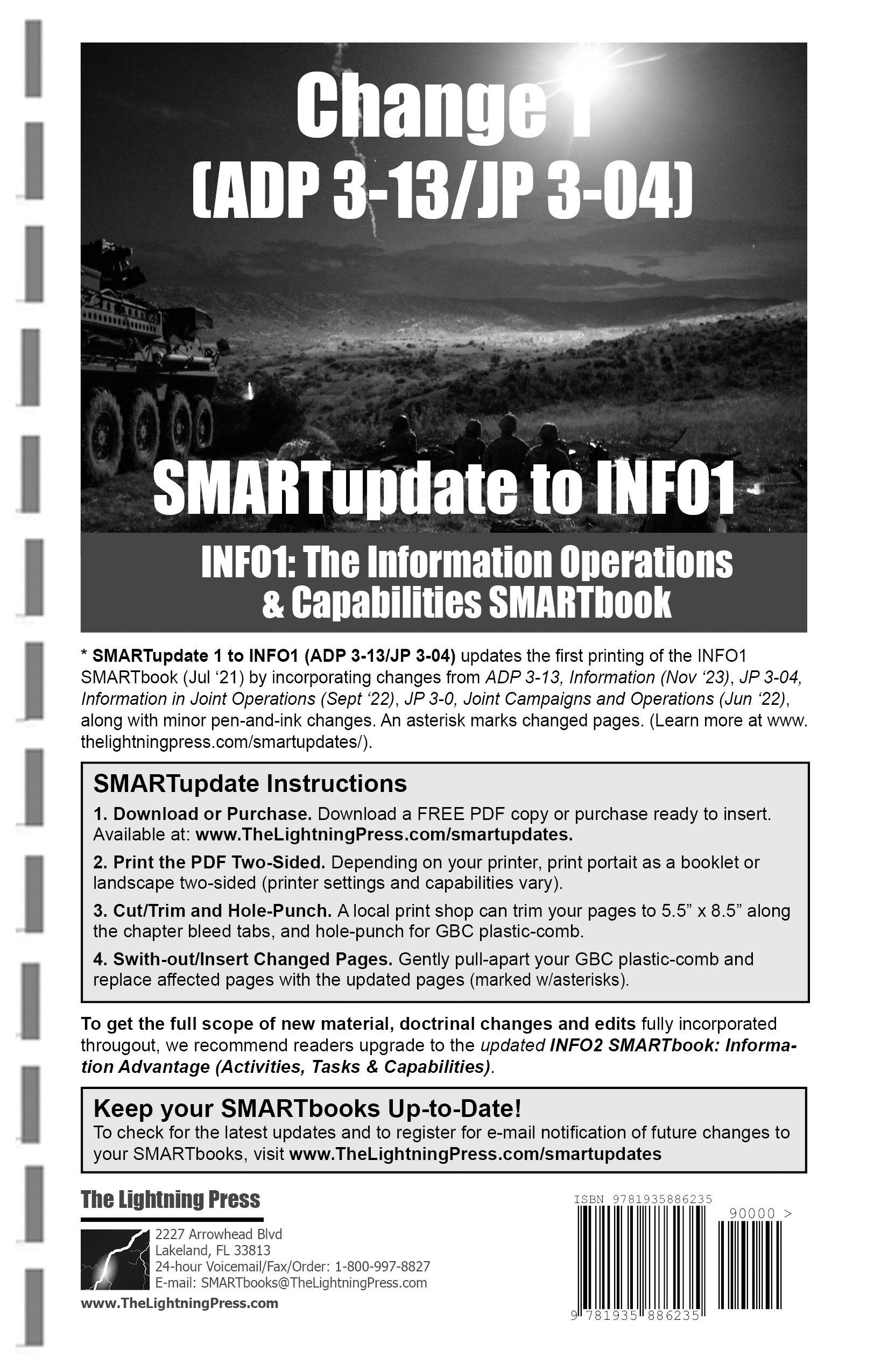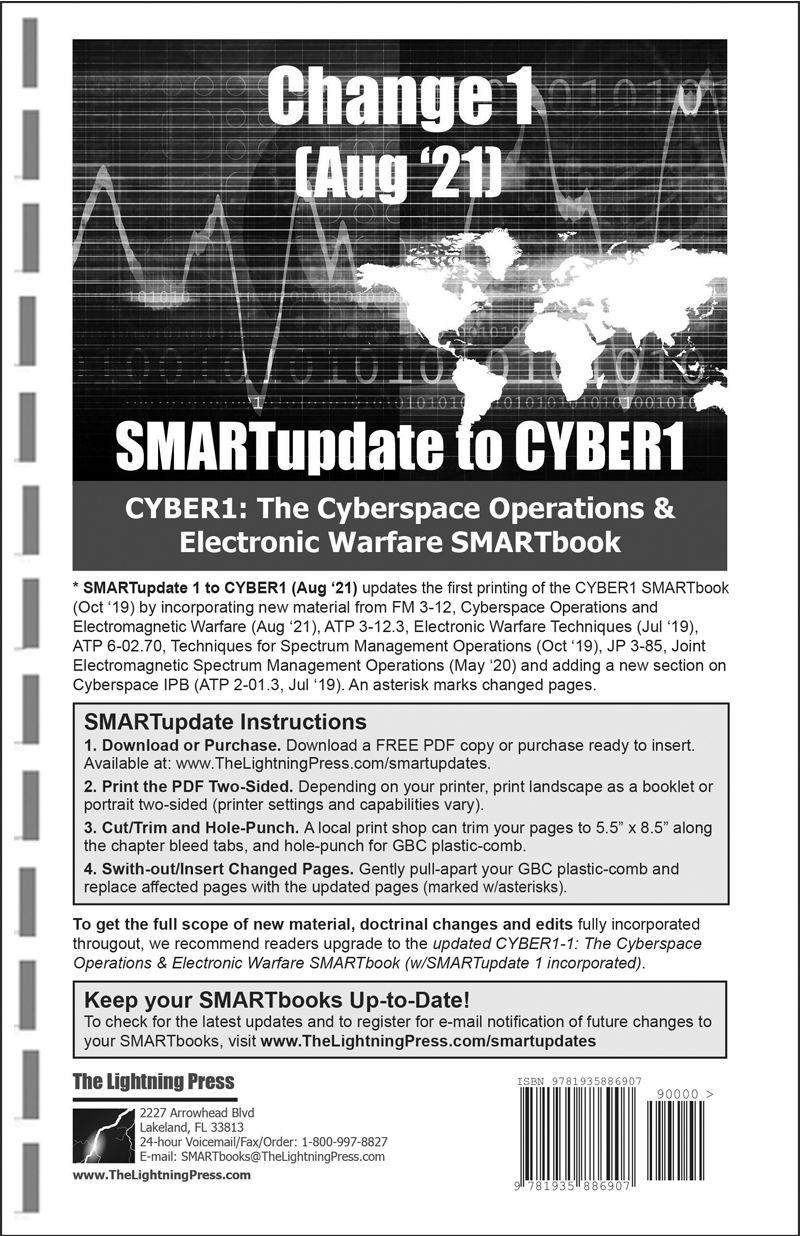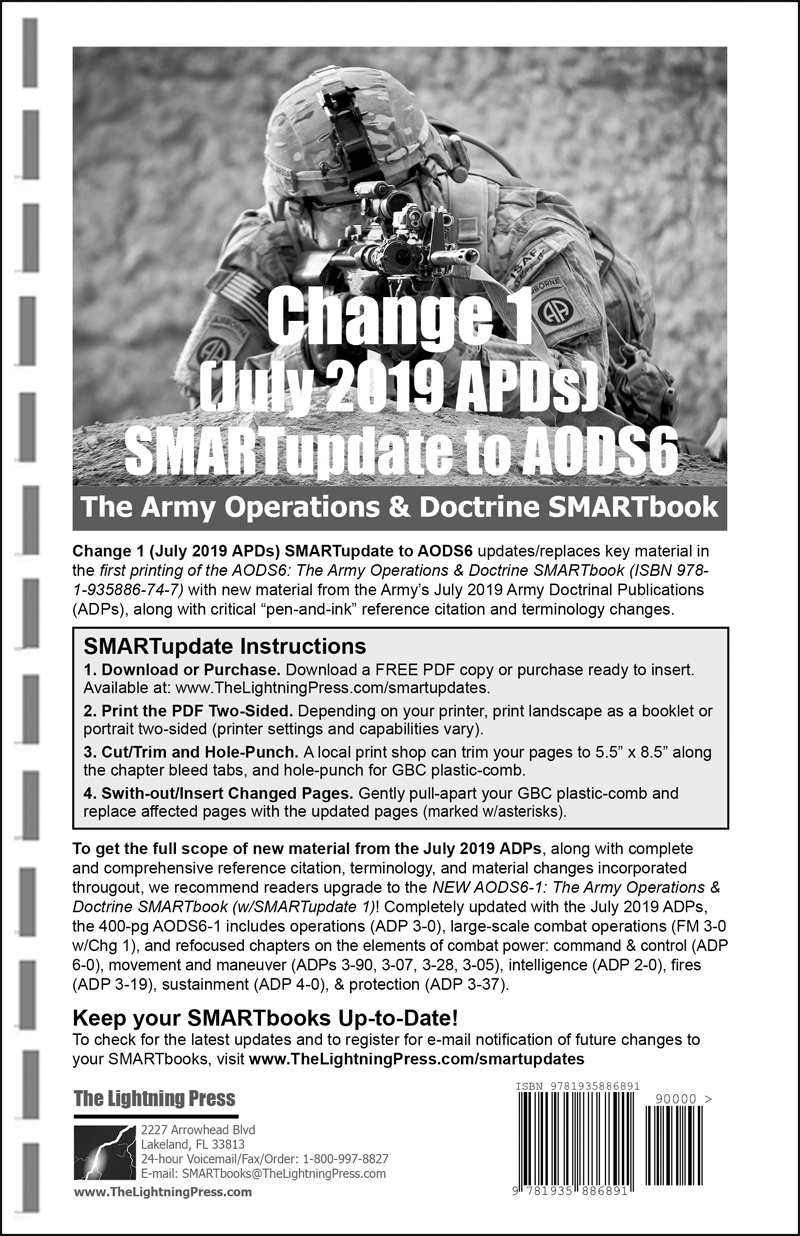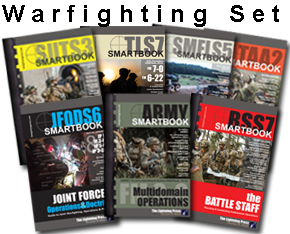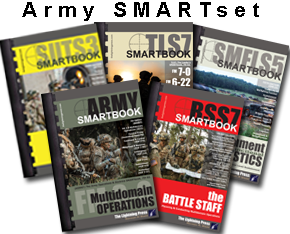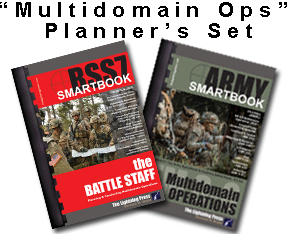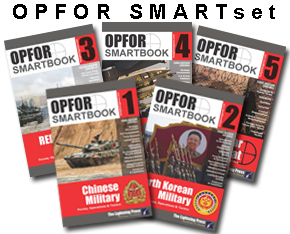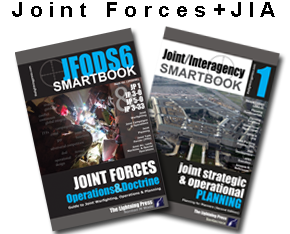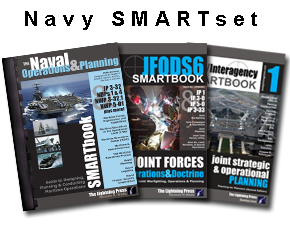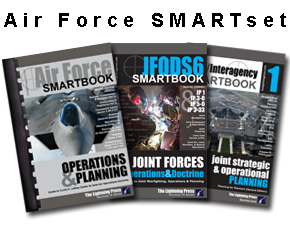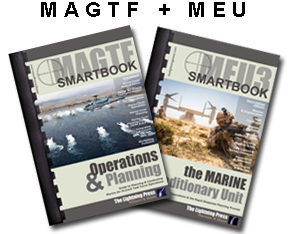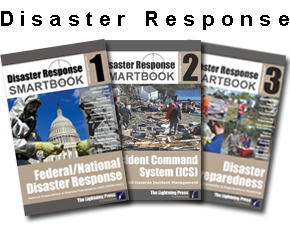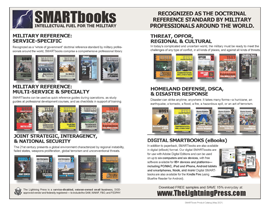Tactics is the employment and ordered arrangement of forces in relation to each other. Through tactics, commanders use combat power to accomplish missions. The tactical-level commander uses combat power in battles, engagements, and small-unit actions.
The tactical level of war is the level of war at which battles and engagements are planned and executed to achieve military objectives assigned to tactical units or task forces (JP 3-0). Activities at this level focus on the ordered arrangement and maneuver of combat elements in relation to each other and to the enemy to achieve combat objectives. It is important to understand tactics within the context of the levels of war. The strategic and operational levels provide the context for tactical operations. Without this context, tactical operations are reduced to a series of disconnected and unfocused actions.
Tactical operations always require judgment and adaptation to the unique circumstances of a specific situation. Techniques and procedures are established patterns that can be applied repeatedly with little or no judgment in a variety of circumstances. Tactics, techniques, and procedures (TTP) provide commanders and staffs with a set of tools to use in developing the solution to a tactical problem.

Members of the 106th Rescue Wing Security Forces Squadron maneuver through concealing smoke. During this training, airmen learned to react to enemy contact and IED attacks, with an emphasis on immediate combat care.
Individuals, Crews, and Small Units. Individuals, crews, and small units act at the tactical level. At times, their actions may produce strategic or operational effects. However, this does not mean these elements are acting at the strategic or operational level. Actions are not strategic unless they contribute directly to achieving the strategic end state. Similarly, actions are considered operational only if they are directly related to operational movement or the sequencing of battles and engagements. The level at which an action occurs is determined by the perspective of the echelon in terms of planning, preparation, and execution.
Battles, Engagements and Small-Unit Actions. Tactics is the employment and ordered arrangement of forces in relation to each other. Through tactics, commanders use combat power to accomplish missions. The tactical-level commander uses combat power in battles, engagements, and small-unit actions. A battle consists of a set of related engagements that lasts longer and involves larger forces than an engagement. Battles can affect the course of a campaign or major operation. An engagement is a tactical conflict, usually between opposing, lower echelons maneuver forces (JP 1-02). Engagements are typically conducted at brigade level and below. They are usually short, executed in terms of minutes, hours, or days.
The Science and Art of Tactics
The tactician must understand and master the science and the art of tactics, two distinctly different yet inseparable concepts. Commanders and leaders at all echelons and supporting commissioned, warrant, and noncommissioned staff officers must be tacticians to lead their soldiers in the conduct of full spectrum operations. The science of tactics encompasses the understanding of those military aspects of tactics—capabilities, techniques, and procedures—that can be measured and codified. The science of tactics includes the physical capabilities of friendly and enemy organizations and systems, such as determining how long it takes a division to move a certain distance.The art of tactics consists of three interrelated aspects: the creative and flexible array of means to accomplish assigned missions, decision making under conditions of uncertainty when faced with an intelligent enemy, and understanding the human dimension—the effects of combat on soldiers. An art, as opposed to a science, requires exercising intuitive faculties that cannot be learned solely by study. Read more about the Science and Art of Tactics…
Close Combat
Close combat is indispensable and unique to land operations. Only on land do combatants routinely and in large numbers come face-to-face with one another. When other means fail to drive enemy forces from their positions, Army forces close with and destroy or capture them. The outcome of battles and engagements depends on Army forces’ ability to prevail in close combat. The complexity of urban terrain and density of noncombatants reduce the effectiveness of advanced sensors and long-range and air-delivered weapons. Thus, a weaker enemy often attempts to negate Army advantages by engaging Army forces in urban environments. Effective close combat relies on lethality with a high degree of situational understanding. The capacity for physical destruction is a foundation of all other military capabilities, and it is the most basic building block of military operations. Army leaders organize, equip, train, and employ their formations for unmatched lethality over a wide range of conditions. Lethality is a persistent requirement for Army organizations, even in conditions where only the implicit threat of violence suffices to accomplish the mission through nonlethal engagements and activities. Read more about Close Combat…
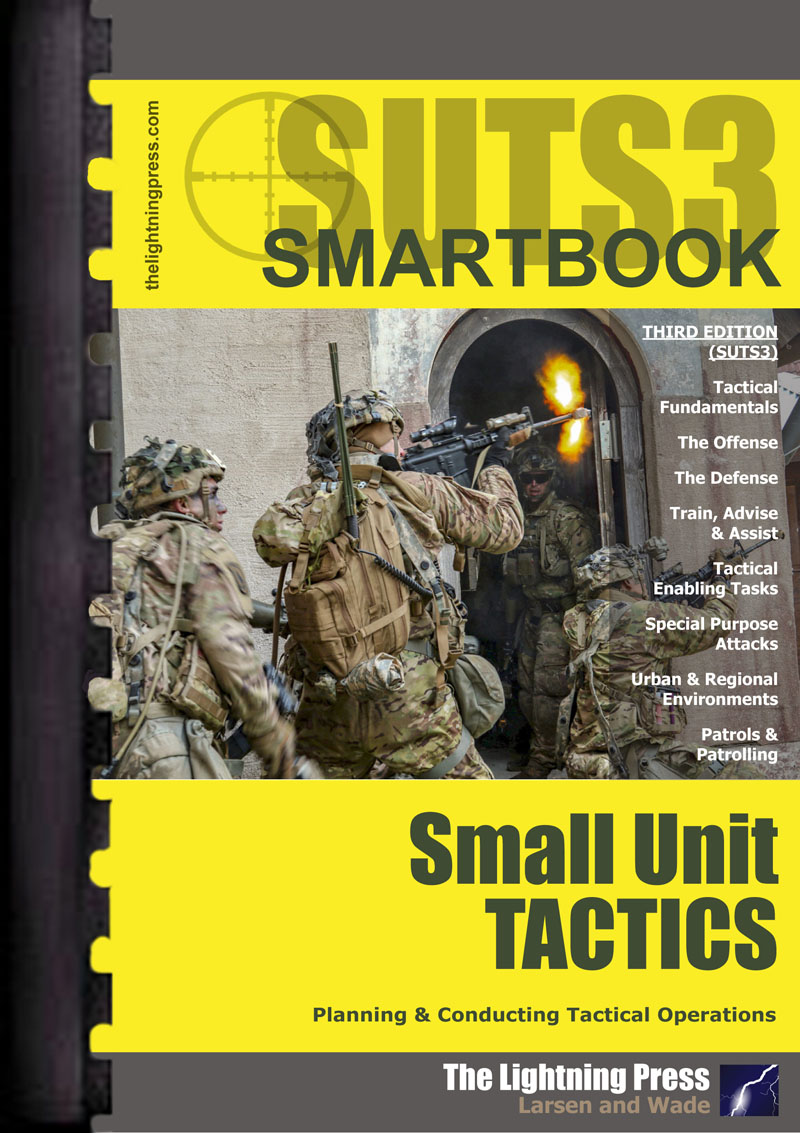 This article is an extract from "SUTS3: The Small Unit Tactics SMARTbook, 3rd Ed. (Planning & Conducting Tactical Operations)" by The Lightning Press. Download a free PDF sample and learn more at: SUTS3: The Small Unit Tactics SMARTbook, 3rd Ed. (Planning & Conducting Tactical Operations).
This article is an extract from "SUTS3: The Small Unit Tactics SMARTbook, 3rd Ed. (Planning & Conducting Tactical Operations)" by The Lightning Press. Download a free PDF sample and learn more at: SUTS3: The Small Unit Tactics SMARTbook, 3rd Ed. (Planning & Conducting Tactical Operations).
Browse additional military doctrine articles in our SMARTnews Blog & Resource Center.
About The Lightning Press SMARTbooks. Recognized as a “whole of government” doctrinal reference standard by military, national security and government professionals around the world, SMARTbooks comprise a comprehensive professional library. SMARTbooks can be used as quick reference guides during operations, as study guides at education and professional development courses, and as lesson plans and checklists in support of training. Browse our collection of Military Reference SMARTbooks to learn more.

